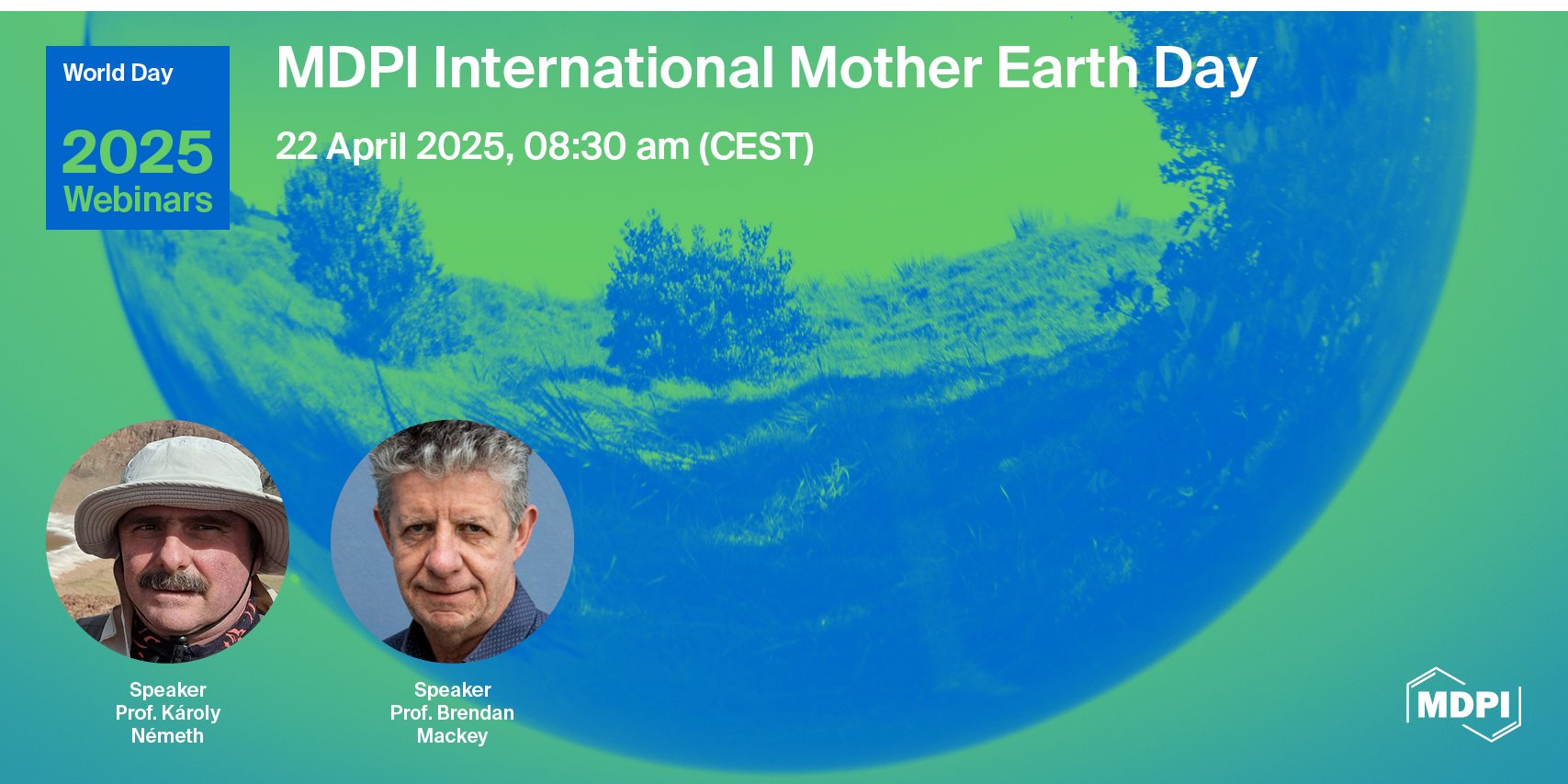Journal Description
Remote Sensing
- Open Access— free for readers, with article processing charges (APC) paid by authors or their institutions.
- High Visibility: indexed within Scopus, SCIE (Web of Science), Ei Compendex, PubAg, GeoRef, Astrophysics Data System, Inspec, dblp, and other databases.
- Journal Rank: JCR - Q1 (Geosciences, Multidisciplinary) / CiteScore - Q1 (General Earth and Planetary Sciences)
- Rapid Publication: manuscripts are peer-reviewed and a first decision is provided to authors approximately 23.9 days after submission; acceptance to publication is undertaken in 2.5 days (median values for papers published in this journal in the second half of 2024).
- Recognition of Reviewers: reviewers who provide timely, thorough peer-review reports receive vouchers entitling them to a discount on the APC of their next publication in any MDPI journal, in appreciation of the work done.
- Companion journal: Geomatics
Latest Articles
E-Mail Alert
News
Topics
Deadline: 30 April 2025
Deadline: 20 May 2025
Deadline: 31 May 2025
Deadline: 30 June 2025
Conferences
Special Issues
Deadline: 28 April 2025
Deadline: 28 April 2025
Deadline: 28 April 2025
Deadline: 28 April 2025

























